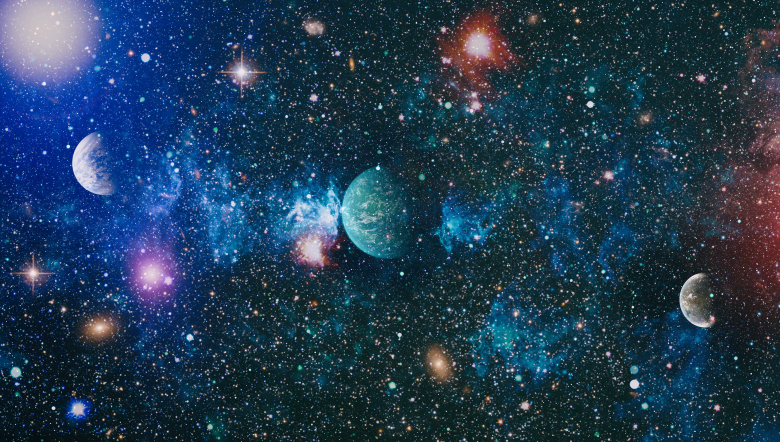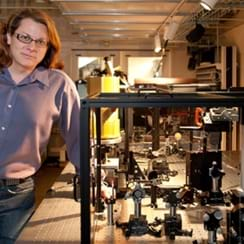The Case for Inter-Galactic Biodiversity
Astrophysicists must consider various scientific factors as they search for habitable planets. What role does inter-galactic biodiversity play? And what makes a planet biologically active?
Published April 19, 2011
By Diana Friedman

On April 12, 2011, Ben Oppenheimer, a comparative exoplanetary scientist, spoke to educators, students, and amateur astronomers at The New York Academy of Sciences (the Academy) about Inter-Galactic Biodiversity: Astrophysicists’ Search for Habitable Planets. Oppenheimer’s work often straddles the world of philosophy and science as he tackles the engineering and astrophysics of the search for habitable planets. He constantly grapples with the question “What if we actually find life on other planets?” as he engineers better ways to collect, analyze, and interpret the brightness of light as a function of wavelength, that is emitted or reflected by not too distant planets and their stars.
While Oppenheimer is an astrophysicist by training, his main area of study and the subject of his talk at the Academy offer something for teachers and students interested in the big questions of the universe—not only “Are we alone?”, but also “What does a planet with life look like?” His work and his answers to these questions traverse the historical divisions between physics, biology, and engineering.
In addition to describing the recent redefinition of planetary bodies in our solar system, he explained his use of adaptive optics (AO) to improve spectroscopy. The improvements to AO, which are technologies that decrease effects of wavefront distortion introduced when light travels through our inhomogeneous atmosphere, allow Oppenheimer a better, clearer picture of the radiating energy from planets and stars.

A Biologically Active Planet
That better picture has allowed scientists like Oppenheimer to predict what a biologically active planet would look like, specifically what chemical changes biology effects on a planet. Through improved spectroscopy, we can see that a biologically active planet will have different ratios of methane, carbon dioxide, carbon monoxide, and oxygen compared to a biologically inactive planet.
The combination of big, philosophical questions about the nature of the universe with a rich thought experiment about how life changes a planet makes Oppenheimer’s work an enticing topic for educators. His talk not only highlights a new and exciting interdisciplinary science but also clearly outlines the process by which he and other scientists combine experimental design, philosophy, and engineering to conceive, test, and refine their ideas.
